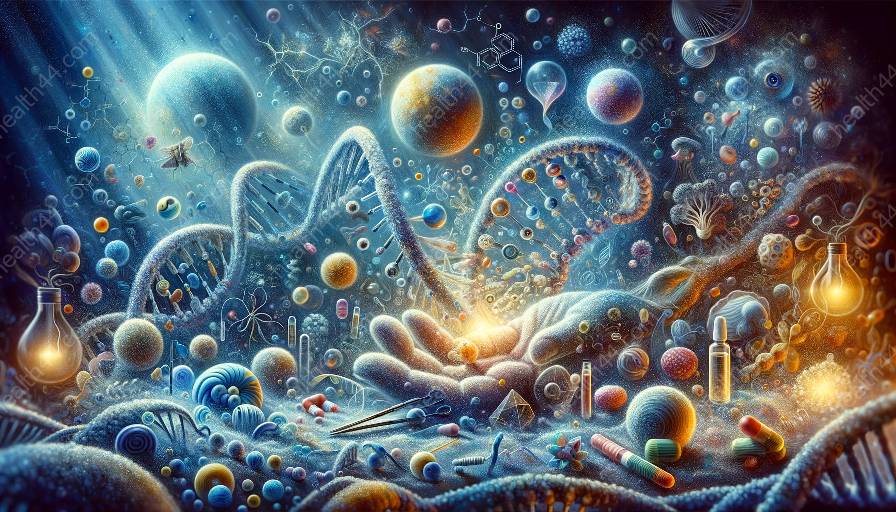Chromosomal abnormalities can have a profound impact on an individual's health and well-being. In this comprehensive guide, we will delve into the different diagnostic methods used to detect chromosomal abnormalities, explore the role of genetics in these conditions, and discuss how innovative technologies are revolutionizing the diagnosis of these abnormalities.
Understanding Chromosomal Abnormalities
Chromosomal abnormalities are variations in the number or structure of chromosomes, leading to genetic disorders. These abnormalities can result from errors in cell division or exposure to harmful environmental factors.
The Role of Genetics in Chromosomal Abnormalities
Genetics plays a critical role in chromosomal abnormalities. These abnormalities can be inherited from parents or occur spontaneously due to errors in cell division. Understanding the genetic basis of these conditions is fundamental in their diagnosis and treatment.
Diagnosing Chromosomal Abnormalities
Karyotyping
Karyotyping is one of the traditional methods used to diagnose chromosomal abnormalities. This technique involves analyzing a sample of cells to identify any numerical or structural abnormalities in the chromosomes. Karyotyping can reveal conditions such as Down syndrome, Turner syndrome, and Klinefelter syndrome.
Fluorescence In Situ Hybridization (FISH)
FISH is a molecular cytogenetic technique that uses fluorescent probes to detect specific DNA sequences on chromosomes. It is especially useful for detecting small-scale chromosomal abnormalities and is commonly used in prenatal genetic testing and cancer diagnosis.
Chromosomal Microarray Analysis (CMA)
CMA is a high-resolution genetic test that can identify microdeletions, microduplications, and other small variations in the DNA. This innovative technology has revolutionized the diagnosis of chromosomal abnormalities by providing detailed information about genetic imbalances.
Next-Generation Sequencing (NGS)
NGS is a cutting-edge technology that enables the sequencing of entire genomes at an unprecedented speed and cost. It has significantly enhanced the detection of chromosomal abnormalities and allows for comprehensive genetic analysis, leading to improved diagnostic accuracy.
The Future of Diagnosing Chromosomal Abnormalities
As technology continues to advance, the future of diagnosing chromosomal abnormalities looks promising. Emerging technologies such as single-cell sequencing and CRISPR-based genome editing hold great potential in advancing our understanding of genetic disorders and developing targeted therapies.
Conclusion
The diagnosis of chromosomal abnormalities has evolved significantly with the advancements in genetics and technology. By understanding the mechanisms of these abnormalities and utilizing innovative diagnostic methods, healthcare professionals can provide better care and support for individuals affected by chromosomal disorders.


